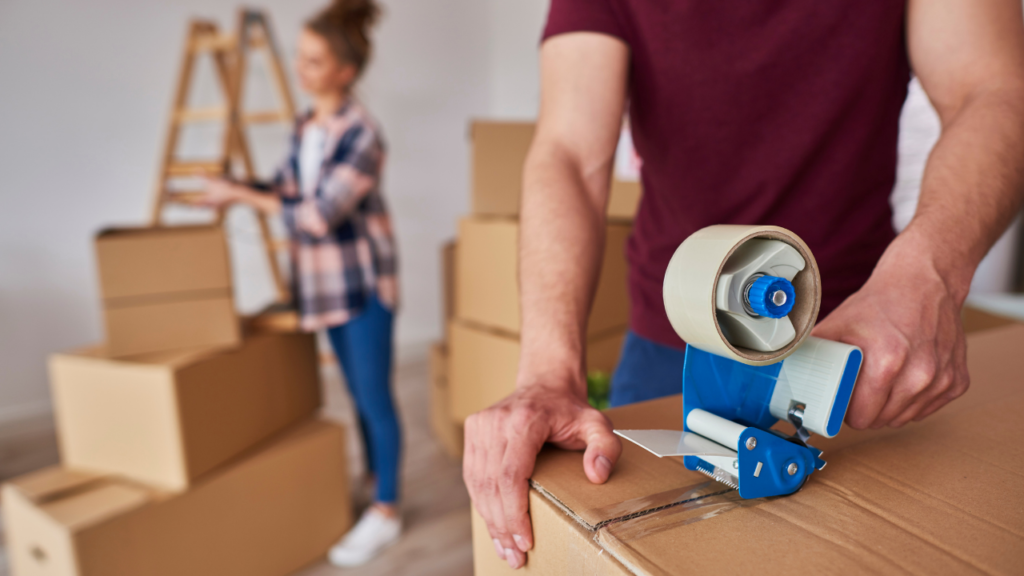In this article, we will provide you with five essential house packing tips that will help you stay organized, protect your belongings, and make the transition to your new home as effortless as possible. Moving to a new house can be both exciting and overwhelming. The process of packing up your entire household can be daunting, but with some careful planning and organization, it can become a smooth and stress-free experience.

5 House Packing Tips:
- Start Early and Create a Plan (200 words) One of the most crucial aspects of successful house packing is to start early and create a detailed plan. Moving can take longer than anticipated, so it’s best to begin packing several weeks in advance. Begin by making a room-by-room checklist, prioritizing items that are used less frequently. This will help you stay organized and ensure that no essential items are left behind.
Divide your packing tasks into smaller, manageable goals to avoid feeling overwhelmed. Set aside specific time blocks each day or week for packing and stick to the schedule. This approach will help you maintain a steady pace and avoid a last-minute rush.
- Declutter and Donate (200 words) Moving presents an excellent opportunity to declutter your home and get rid of items you no longer need or use. Before you start packing, go through your belongings and separate them into three categories: keep, donate, and discard. Only pack items that you genuinely want to bring to your new house.
Consider donating usable but unwanted items to local charities or organizing a yard sale to sell items that could benefit others. This will not only help you reduce the number of things you need to pack but also give you a fresh start in your new home.
- Gather Packing Supplies (150 words) To ensure a smooth packing process, it’s essential to have all the necessary moving supplies on hand. Stock up on sturdy cardboard moving boxes in various sizes, packing tape, bubble wrap, packing paper, markers, and labels. You can also save money by collecting free boxes from local grocery stores or asking friends and family for any spare packing materials they may have.
Properly labeling each box will make unpacking a breeze. Clearly write the contents and destination room on the moving boxes to help movers or yourself place them in the right locations in your new home.
- Pack Room by Room (200 words) Packing room by room is a practical approach that keeps things organized and reduces confusion during the unpacking process. Begin with rooms that are used less frequently, such as spare bedrooms or storage areas. As you pack, label each box with its contents and the room it belongs to. This will save you valuable time and energy when you reach your new home.
Fragile items like glassware, dishes, and electronics should be packed with extra care. Wrap them individually with packing paper or bubble wrap and secure them in appropriately sized boxes. Use crumpled packing paper or additional bubble wrap to fill any empty spaces within the moving boxes to prevent shifting and potential breakage.
- Essential Box and Overnight Bag (150 words) When packing, set aside a box labeled as “Essentials” or “Open First.” This box should contain items you’ll need right away in your new home, such as toiletries, a change of clothes, basic kitchen supplies, important documents, and any necessary medications.
Additionally, pack an overnight bag for each family member, including a change of clothes, pajamas, toiletries, and any other essentials needed for the first night in your new home. This will save you from rummaging through boxes when you’re tired and ensure a comfortable transition.

Conclusion (100 words) Moving to a new house doesn’t have to be an overwhelming task. By following these five house packing tips, you can stay organized, reduce stress, and make the moving process more efficient. Starting early, decluttering, gathering the necessary supplies, packing room by room, and preparing essential boxes and overnight bags will set you up for a smooth and seamless transition to your new home. With careful planning and a systematic approach, you’ll be able to settle into your new space with ease.

